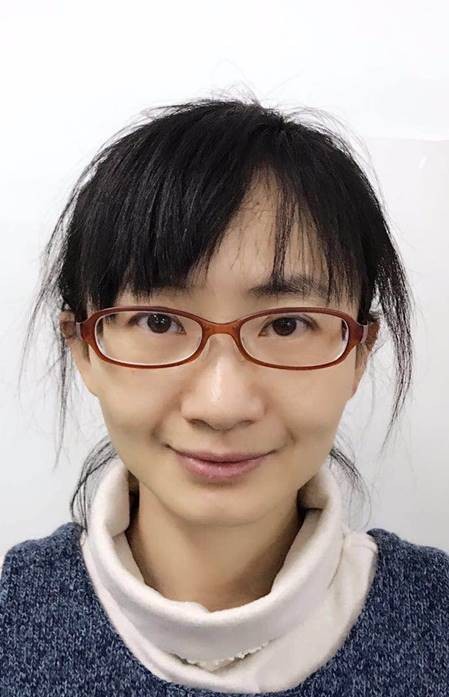Day 1 :
- Nanomedicine in Drug Delivery Systems
Location: TBA
Session Introduction
Ning Li
China Academy of Chinese Medicine Science, China
Title: Study on Peptide-based High Density Lipoprotein (pHDL) Targeting Atherosclerosis

Biography:
Ning Li has completed her M.D. in 2009 from University of Geneva, Switzerland, where she obtained her postdoctoral training focusing on metabolic disorders. After 4- year working at Chinese Academy of Medical Sciences and Peking Union Medical College, Ning Li is currently the associated professor of China Academy of Chinese metabolic diseases, mitochondrial function and dysfunction, and host metabolism in viral infection.
Abstract:
Atherosclerosis (AS) is a leading cause of death and loss of productive life worldwide. The immature form of High-density lipoprotein (HDL) has been shown advantageous in improving plaque targeting and antiAS efficacy. However, the prohibitive cost of ApoA-I protein used to generate functional HDL and the time-consuming procedure of HDL synthesis impeded its clinical application. Though HDL mimic peptides are capable of fulfilling HDL function with a dramatic low-cost, their instability in vivo failed to put their utilization into practice. Our current study was designed to synthesize peptide-based HDL (pHDL) in order to increase in vivo stability of peptides by incorporating with phospholipids. PHDL produced by microfluidics resulted in discoidal nano-scale particles, showing of 37.8 nm diameter, 0.275 PdI and -4.17 mV zeta potential. Using in vivo imaging system, FITC-labeled pHDL was highly recruited to the aorta of AS model ApoE-/- mice compared to C57BL/6 control mice,24 hrs post-intraperitoneal injection. Intraperitoneal administration of pHDL to ApoE-/- mice twice per week for 12 weeks reduced more than 40% plasma TG, TC and LDL-C, which leads to 40% reduction of aortic plaques. In addition, increase of plasma ALT, AST and creatinine in ApoE-/- mice were largely improved by pHDL treatment, indicating a general protective effect of pHDL. In conclusion, pHDL represents an affordable alternative of HDL, in terms of plaque-targeting and anti-AS effects.
Ruodan Xu
China Academy of Chinese Medicine Science, China
Title: Fibrogenic of hiPS-MSCs in 3D connective tissue growth factordelivering scaffold

Biography:
Ruodan Xu has completed her PhD with cancer biology in 2010 from University of Copenhagen. Afterwards, she continued her postdoc in Geneva University, Cologne University and Aarhus University for studies on stem cells and tissue engineering. Currently, she is the associate professor of China Academy of Chinese Medicine Science. She has published more than 19 papers in reputed journals and has been serving as reviewers for many reputed journals. Her research interests focus on regenerative medicine, nanomedicine targeted elderly chronic disease including atherosclerosis and Alzheimer’s disease.
Abstract:
Scarcity and damaged fibroblasts is one cause of impaired healing. We developed a novel 3D biomimetic scaffold for stem cells augmentation and differentiation to fibroblasts. The 3D scaffold PFPC-C in this study was prepared using electrospun PCL/Col1 fibers which embedded in PEG-fibrinogen (PF) hydrogel and infiltrated with connective tissue growth factor (CTGF). In vitro, PFPC-C scaffold showed good biocompatibility confirmed by the human induced pluripotent stem cells derived mesenchymal stem cells (hiPS-MSCs) attachment, infiltration, and proliferation throughout the construct. CTGF loaded in this scaffold were sustained released and hiPS-MSCs coultured on the scaffolds showed stronger fibroblastic commitment. The performance of the scaffold was further evaluated in vivo. PFPC-C scaffolds seeded with or without hiPS-MSCs were implanted in the rat muscle injury model. 4 weeks, 12 weeks and 6 months later the mice were sacrificed respectively, the grafted implants were analyzed with histologic and mechanical examinations. Our results showed this 3D scaffold provided a suitable environment and well fibroblasts differentiation from hiPS-MSCs. This 3D scaffold could be potentially used in cell-based therapies for connective tissue related disorders.
